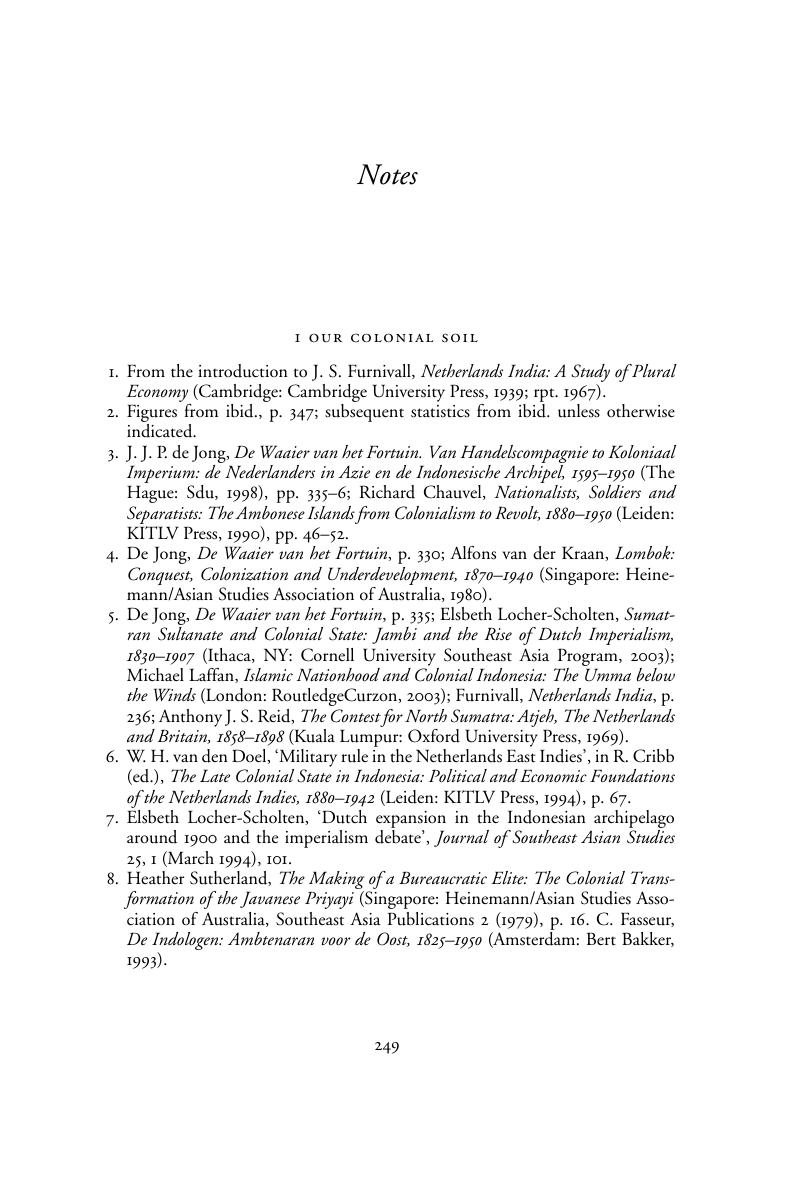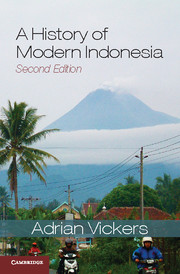Book contents
- Frontmatter
- Contents
- List of figures, maps and tables
- Acknowledgements
- A note on spelling, pronunciation and names
- Chronology
- Introduction
- Chapter 1 Our colonial soil
- Chapter 2 Cultures of the countryside
- Chapter 3 ‘To assail the colonial machine’
- Chapter 4 The Revolution
- Chapter 5 Living in the atomic age
- Chapter 6 From the old order to the new
- Chapter 7 Terror and development in happy land
- Chapter 8 Age of globalisation, age of crisis
- Biographies of key figures
- Abbreviations and glossary
- Notes
- Bibliography
- Index
- References
Notes
Published online by Cambridge University Press: 05 February 2013
- Frontmatter
- Contents
- List of figures, maps and tables
- Acknowledgements
- A note on spelling, pronunciation and names
- Chronology
- Introduction
- Chapter 1 Our colonial soil
- Chapter 2 Cultures of the countryside
- Chapter 3 ‘To assail the colonial machine’
- Chapter 4 The Revolution
- Chapter 5 Living in the atomic age
- Chapter 6 From the old order to the new
- Chapter 7 Terror and development in happy land
- Chapter 8 Age of globalisation, age of crisis
- Biographies of key figures
- Abbreviations and glossary
- Notes
- Bibliography
- Index
- References
Summary

- Type
- Chapter
- Information
- A History of Modern Indonesia , pp. 249 - 274Publisher: Cambridge University PressPrint publication year: 2013



